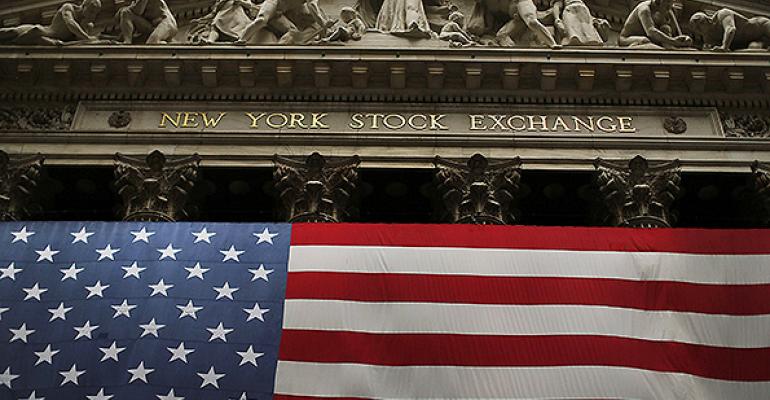Mutual fund companies looking to get a piece of private companies with delayed IPOs have drawn media attention, but a new Morningstar report says it’s a small trend. Morningstar found that 194 mutual funds had some level of investment in 133 private companies, accounting for just 3.6 percent of the equity and allocation funds in Morningstar’s database and only 0.13 percent of the industry’s assets. Fidelity had the most invested in private-firm equity, with 59 funds owning $5.19 billion in private-firm equity as of June 2016, followed by T. Rowe Price, with $2.08 billion spread across 25 funds. And exposure to private-firm equity was modest, Morningstar said, with over 90 percent of the funds on the list investing less than 3 percent of assets in private companies. But there are exceptions to the rule; Alger’s SMid Cap Growth I-2, for example, has 11.3 percent of its assets in private companies. The Morgan Stanley Institutional Mid Cap Growth and Morgan Stanley Institutional Small Company Growth funds had 9.3 percent and 8.2 percent of total assets in these companies, respectively.
Fidelity Exploring Virtual Reality
Fidelity Labs, Fidelity Investment’s research and development unit, is hoping virtual reality can help employers improve participation in retirement plans. The new proof of concept places the employer in a large auditorium in front of their workforce, and using the virtual reality interface, they can apply filters to assess workers’ saving status. The idea is that virtual reality can help contextualize large and complex data sets, such as how many employees participate in a plan, how much they are saving, and whether they are asking for help. “Our most recent experiments look at how virtual reality can help companies of all sizes visualize information in an engaging, interactive and visceral way,” said Sean Belka, the senior vice president and director of Fidelity Labs. The group hopes that virtual reality will someday complement Fidelity’s existing suite of technology. “It just might help them improve their retirement savings plan, help their employees make better investing decisions, and transform how people see and manage their money.”

Americans, especially the middle class, need better financial advice, according to a Financial Engines study. Only about a third of Americans earning between $50,000 and $100,000 per year have a comprehensive financial plan in place, while close to half of those earning six figures or more can say the same. In addition, the study indicates that financial strategies for middle-income earners tend to exclude important considerations–such as affording college, purchasing life insurance or implementing an estate plan–suggesting this group in particular needs financial advice. But where is the planning help going to come from? Almost 90 percent of employers say they are likely to bolster the financial tools and services they offer their employees, which is a good thing, considering nearly 60 percent of plan participants are very or extremely interested in accessing financial advice via their workplace.





